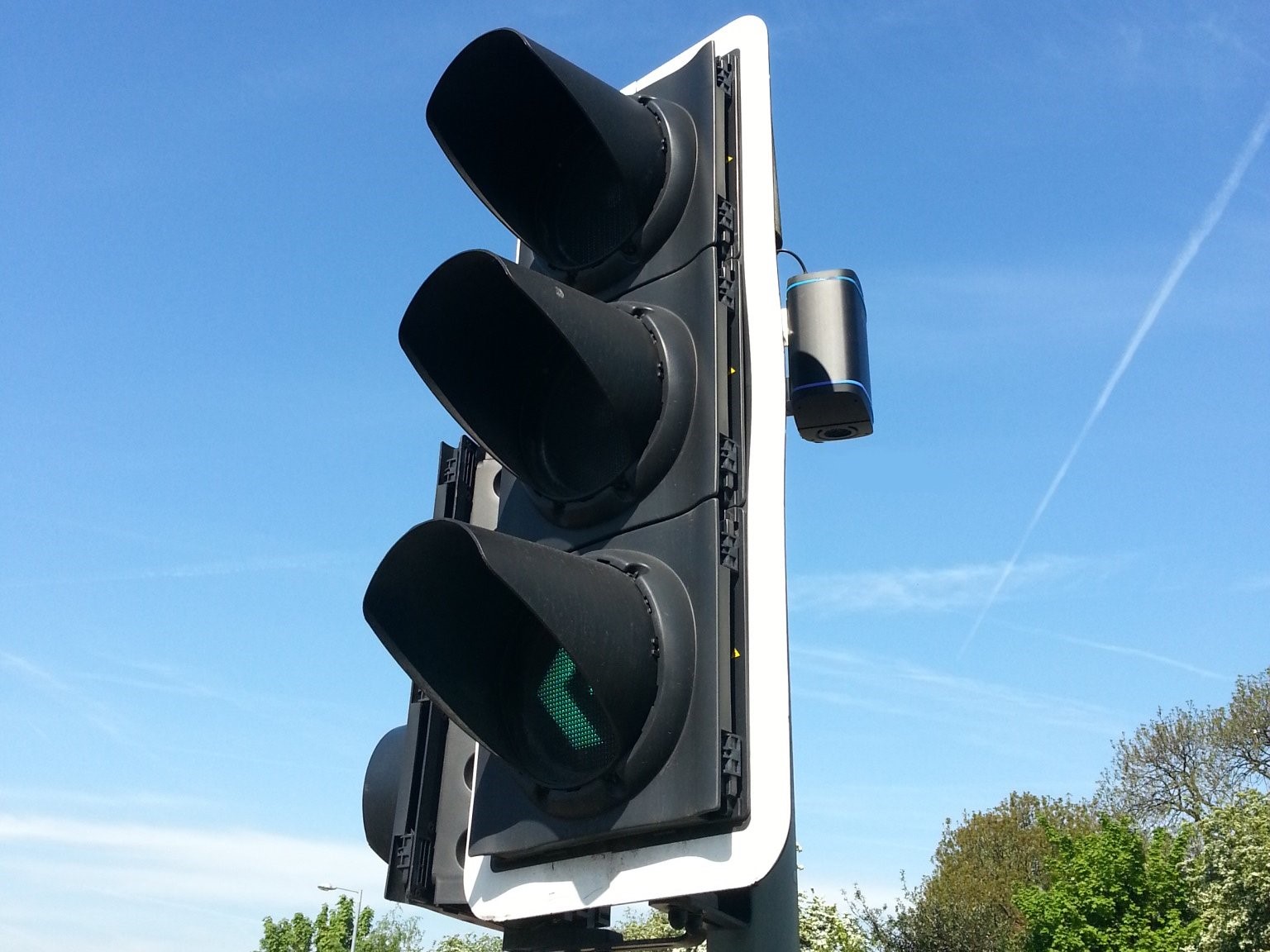

The latest innovations and digital advancements actively tackling vehicle emissions, especially nitrogen dioxide (NO2) concentrations.
Join other savvy professionals just like you at CIHT. We are committed to fulfilling your professional development needs throughout your career
By John Challen
One of the many important terms to come into use around transport in recent years has been ‘decarbonisation’. There is more than one way to clean up the streets, and multiple technologies are emerging to reduce harmful emissions and pollutants beyond one of the most high-profile measures - the shift from internal combustion engines to electric vehicles.
Back in 2020, the UK’s Association of Directors of Environment, Economy, Planning and Transport (ADEPT) launched its SMART Places Live Labs programme. Funded by the DfT, the £22.9m project concentrated on developing ways of integrating smart communications technology into road networks, with the goal of transforming local communities. One element of the programme was the deployment of air quality monitoring technology in areas such as Staffordshire, Suffolk and Thames Valley.
In Staffordshire, EarthSense worked with Yunex Traffic (formerly Siemens Mobility) in installing its air quality monitoring technology. The two-year project involved six of EarthSense’s Zephyr air quality monitors, alongside one standard Zephyr monitor, each strategically placed to continuously record pollutants, temperature and humidity in real time.
Prior to deploying these monitors, EarthSense and Yunex Traffic conducted a collaborative analysis of historic and real time modelled air quality data. This analysis informed the selection of optimal monitoring locations. Therefore, the goal of the SMART Places Live Labs programme became to generate public health exposure models and offer valuable insights for transportation, environmental and planning projects.
One year into the scheme, EarthSense integrated MappAir’s near real time modelled air quality data with BetterPoints. This technology rewards behavioural change, encouraging better transportation habits at its source to further aid local authorities in devising strategies for improving air quality, health, and transportation.
“We are proud to have worked in collaboration with Yunex Traffic in the ADEPT SMART Places Live Labs [programme], bringing air quality insights into the picture. At EarthSense we place air quality at the forefront of strategic environmental developments, enabling actionable insights and sustainable solutions,” says Tom Hall, CEO of EarthSense. “Through the strategic deployment of our air quality monitors, we enabled the accurate analysis of air quality, revealing the impact of vehicular emissions on our atmosphere in real time. During the project, the integration of MappAir’s near real-time modelled air quality data with BetterPoints marked a significant milestone in the project in enabling community behavioural changes.”
The ultimate success was that the air quality sensor trial led to further funding from the Department for Environment Food and Rural Affairs (Defra). In addition, the Zephyr technology continues to be rolled out, with one of the most recent network announcements being for Worcestershire. With 24 monitors around the county, it will be the second-largest Zephyr network in the UK.

a Zephyr monitor on a traffic signal; credit: EarthSense.
Meanwhile, a study by Professor Paul Lewis from Swansea University revealed that suction technology has the ability to reduce human exposure to road-based air pollution by 91%. His findings were based on evidence from Roadvent, an innovation from Pollution Solution, which has just secured a contract from Lewisham council to install a system outside one of the London borough’s schools.
Thomas Delgado, CEO of Pollution Solution, is on a mission to deploy Roadvents at hotspots, or Air Quality Management Areas (AQMAs). “There are currently 586 declared AQMAs in the UK at present for NO2 alone,” he states. “Within each one, there are usually over 100 defined hotspots. Therefore, in the UK alone, there are potentially tens of thousands of hotspots that Roadvent can be deployed at to capture and remove these contaminants from the air.”
The Roadvent system comprises two linear slot drains that are connected to a roadside cabinet that houses fans (for suction) and various layers of filtration. Delgado says the most effective locations for the technology are areas of slow moving or stationary traffic such as at traffic lights, bus stops, taxi ranks or zebra crossings.
“When the system activates (usually via an infrared beam when vehicles are in close proximity) the vacuum suction is created in the roadway,” he explains. “This suction is highly effective at capturing exhaust gas and brake and tyre dust. Once captured, the pollutants enter the cabinet and are filtered in milliseconds from the airflow. Clean air then leaves the top of the cabinet.”
Delgado explains that cloud-based software and internal sensors are used to decipher when Roadvent filters need maintenance, which involved an engineer visiting the site and replacing cartridges, typically every six to nine months.
Roadvent is designed to be a retrofit solution for the transport network and also straightforward to install. “All sites require some space for the roadside cabinet to be placed upon, however it can be located up to 50m away from the linear slot drains in the carriageway,” confirms Delgado.
“We also recommend that all sites have a full ground-penetrating radar (GPR) survey completed prior to the required excavation commencement, just to ensure that services are not damaged in any way and to ensure the installation happens quickly and smoothly.”
Delgado adds that planning permission is sometimes required, depending on the council and installation takes between four and six days. “The majority of this time is to allow the concrete to cure and reach the required strength,” he says.
Distance also plays a crucial role in level of pollutant capture rates. “An extraction unit that is placed in the pavement would draw in pollutants in already diluted air and potentially post-human exposure to those pollutants, resulting in a less efficient way to improve air quality,” he concludes.

Thomas Delgado, CEO of Pollution Solution; credit: Pollution Solution.
Join other savvy professionals just like you at CIHT. We are committed to fulfilling your professional development needs throughout your career
{{item.AuthorName}} {{item.AuthorName}} says on {{item.DateFormattedString}}: